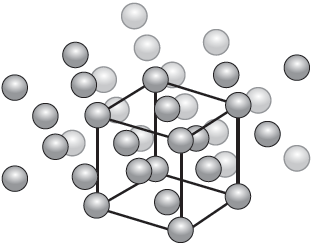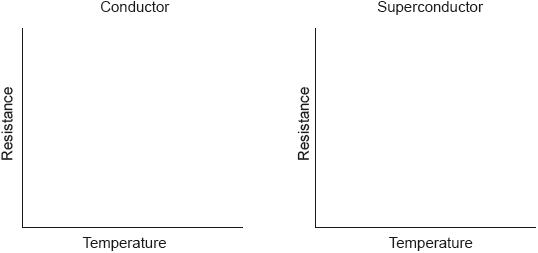| Date | November 2016 | Marks available | 2 | Reference code | 16N.3.hl.TZ0.8 |
| Level | HL | Paper | 3 | Time zone | TZ0 |
| Command term | Deduce and State | Question number | 8 | Adapted from | N/A |
Question
Chromium forms coloured compounds and is used to make stainless and hard steel. The distance between layers of chromium atoms in the metal can be obtained using X-ray crystallography.
(i) The diagram below shows the diffraction of two X-ray beams, y and z of wavelength λ, shining on a chromium crystal whose planes are a distance d nm apart.
Deduce the extra distance travelled by the second beam, z, compared to the first one, y.
(ii) State the Bragg’s condition for the observed diffraction to be at its strongest (constructive interference).
(i) The mass of one unit cell of chromium metal is 17.28 × 10−23 g. Calculate the number of unit cells in one mole of chromium. Ar(Cr) = 52.00.
(ii) Deduce the number of atoms of chromium per unit cell.
Markscheme
i
2d sin θ
OR
2|AB| / 2|BC| / |AB| + |BC| / |AB| AND |BC|
Vertical lines indicating lengths not required. Answer may be conveyed in words also.
Do not accept |AC| – reference must be made to B.
ii
extra distance travelled/|AB| + |BC| = nλ/a whole number of wavelengths
Accept notations of extra distance as in (a)(i).
i
«» 3.009 × 1023 «unit cells mol−1»
ii
«» 2 «atoms per unit cell»



